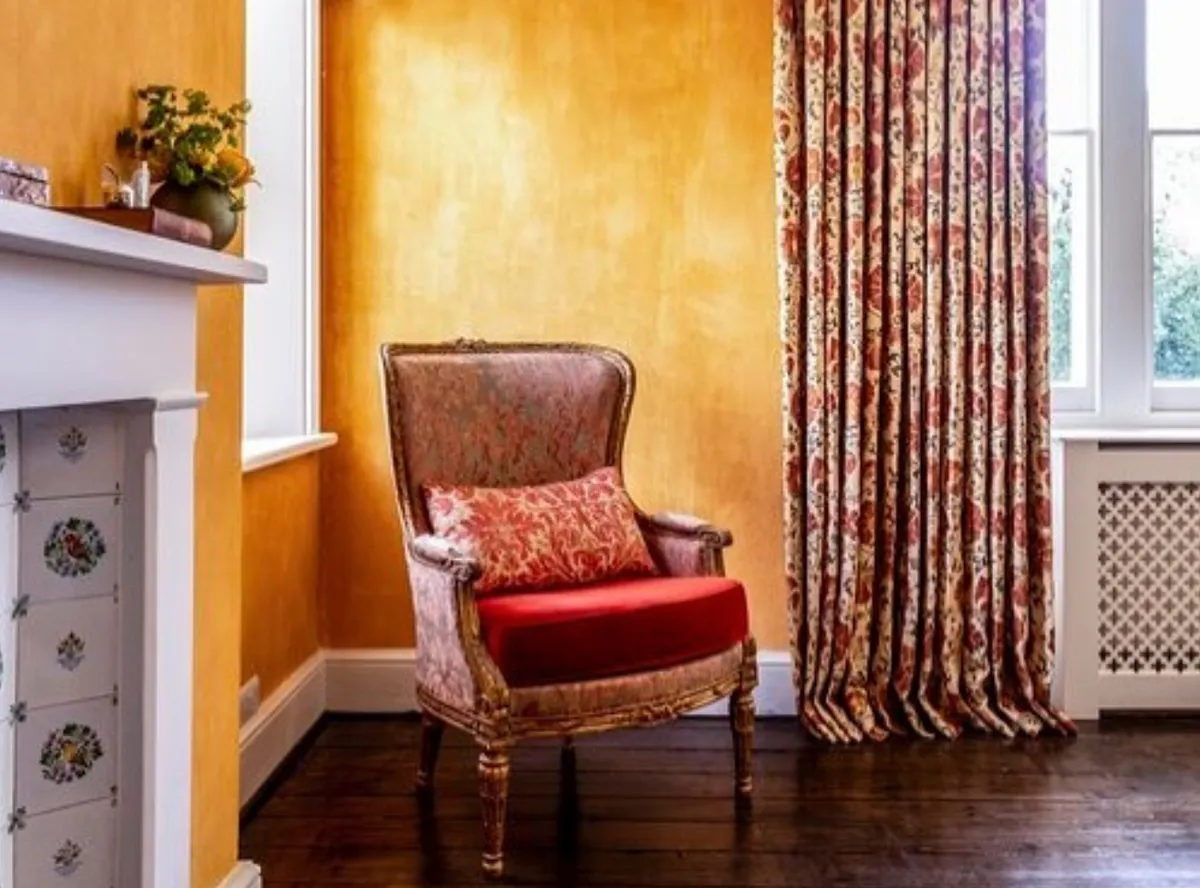
If you've been browsing Instagram lately, you'll probably have noticed some beautiful colourwash walls. Whether its that Tuscan-style mottled terracotta or velvety clouds of grey or blue, that dreamy translucent effect is everywhere on social media right now.
View this post on Instagram
A post shared by Julie Jeongeun (@letsby.avenue)
Luckily, colourwashing is a very simple technique, and can be used either throughout a room or as a stylish feature wall.
So if you're tired of simple block colour walls and want to give colourwashing a try, read on for our tutorial!
What is colourwashing?
Colourwashing, sometimes called faux glaze painting, is a technique in which a thin layer of diluted paint is applied over a base colour, giving a weathered finish reminiscent of a rustic farmhouse or cottage.
Colourwashing is a modern variation on whitewashing, an ancient decorating technique in which diluted quicklime or chalk was applied to interior and exterior walls to keep them looking fresh, with natural pigments sometimes used to add colour to the wash. This technique was common around the world for centuries, before paint became an affordable mass market product, and can still be seen in some cottages and farmhouses today.
The surging popularity of traditional, nature-inspired decor and the rise of cottagecore has led to a renewed interested in the rustic, hand-applied finish of colourwashing.
If you're interested in colourwashing your walls, the good news that this method doesn't require expertise or a lot of tools, making it very much suitable for a DIY amateur. Nor will it cost you the earth - the only thing you will need to be rich in is time - a full colourwash requires several coats, so you'll just some need patience and a fit arm.
How to colourwash walls
You will need:
- Two tins of paint: one colour for your base and a lighter or darker shade for your colourwash. Any standard wall paint will do, but a glossier finish like satin has a slower dry-time and so will give you more time to work.
- A clear water-based glaze like Polyvine Classic Colour Scumble
- A bucket
- A roller or paintbrush to apply your base layer
- A soft paintbrush or sponge to apply the colour wash
Note: if you're a confident painter, it is possible to use water rather than glaze to dilute your colourwash. The technique is the same, but you will have to work faster when applying the wash, as a water-diluted solution will dry faster.


